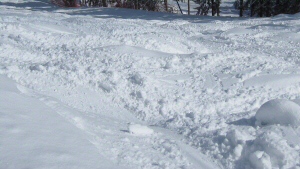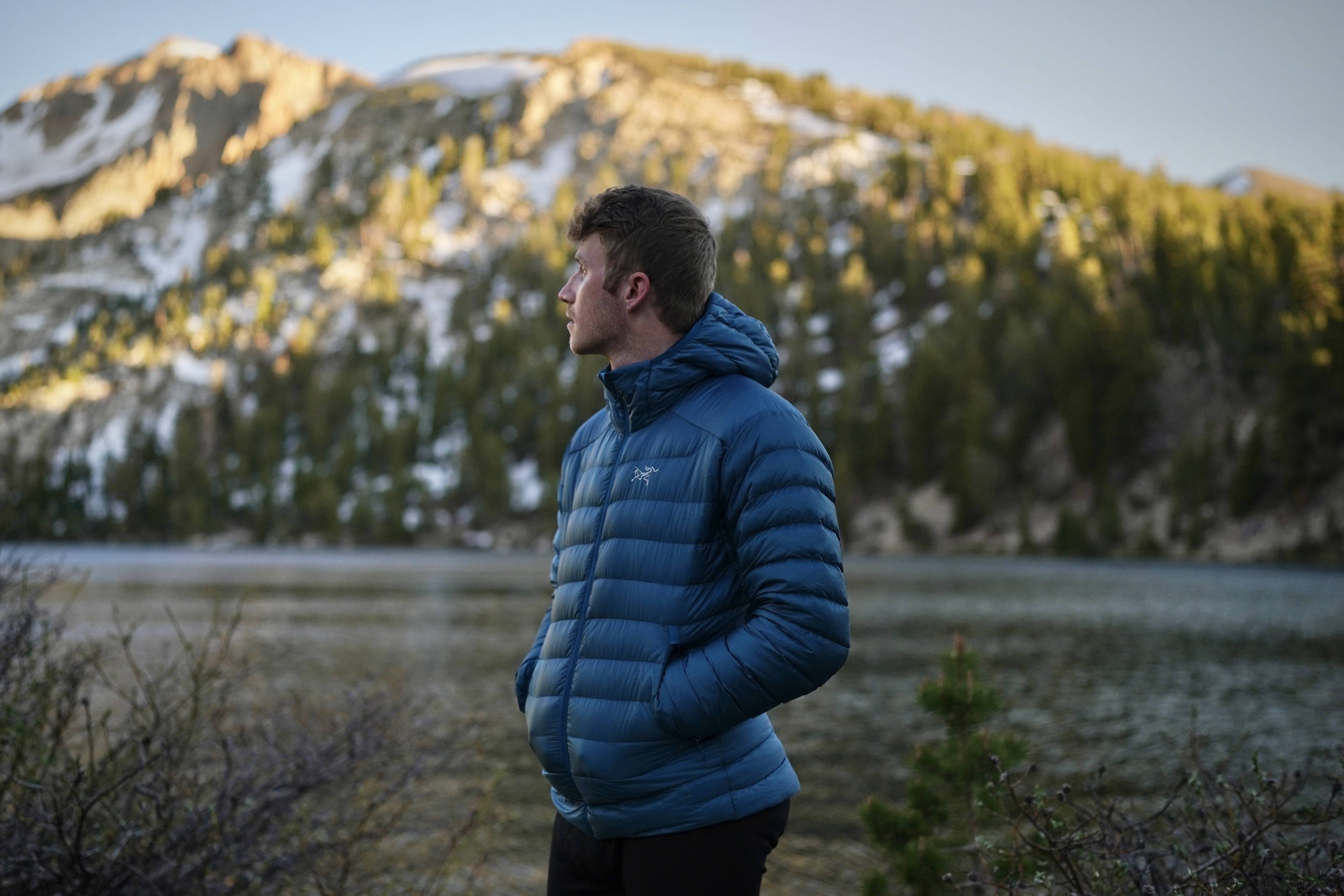
Skiing requires you to have the right gear for cold weather. The best womens ski shirts are comfortable and look great. To ensure that you have a great time on the slopes, they are designed to provide mobility, durability, insulation, and insulation.
Classic Mens Ski Tops
Style is important, but it's also important to consider the weather conditions when selecting the right mens ski jackets. You should choose a waterproof and windproof jacket with a breathable liner if you are going on a snowy excursion. Also, lightweight pants are essential to protect you from the elements.
Go for a pair of softshell trousers that can handle cold weather and offer protection from the wind and rain, but are lightweight enough to wear over your winter coat. A pair of warm, waterproof ski socks is a must. It wicks moisture away quickly so you don't get cold or sweaty.

Recycling materials and DWR coatings free of PFC
The outdoor apparel industry has a long history in using sustainable materials. But, this movement is now expanding to jackets. Jackets made from recycled materials and PFC free DWR coatings are being offered by many companies. This reduces the harmful chemicals that are used in the manufacturing process.
Ski jackets that are made with recycled materials are great because they allow manufacturers to create products that can easily be reused. This reduces the company's carbon footprint and helps reduce waste. Bluesign-approved fabrics can be used by companies that certify that the fabric comes from responsible sources.
Puffers, Shells and Other Down-Filled Products
Although a puffer jacket can be a good choice for skiing and snowboarding, many prefer to ski in a lightweight shell that is insulated with down. Wedze offers a clever combination of both styles. This smart two-in-1 has dark purple feathers and a down lining. The outer shell, which is lilac, features a four-way stretch and has a lilac color.
Layering with Vests
The vest provides insulation and weight loss for nordic skiers. These vests typically have a 40-gram FullRange insulation, and a 100 per cent poly plain-weaveshell. This is warm but not bulky. They can also be mechanically breathable and have solid air permeability ratings, which allows excess heat to move away from the body.

The Patagonia Nanoair vest is a popular choice for skiers. It's lightweight and high-performance, and wicks sweat away quickly. It has a 40-gram FullRange insulation and a 100 per cent poly plain weave outer shell. The lining is treated to a PFC–free DWR.
It is versatile and can be worn either as a base layer or an outer layer on warm days. Nordic skiers love this piece. The armholes have a stretch binding that seals in heat, while the zipper at the center locks in warmth. This makes it perfect for a day on a ski slope.
FAQ
How can I travel light?
There is no right answer when packing for your trip. These tips will help guide you in choosing what to bring on your trip.
-
Only take what you actually need.
-
You should only pack what you actually wear.
-
Avoid buying too many things.
-
Check your suitcase for space.
-
Always make sure you have everything you need.
-
Make use of the free storage facilities
-
Use reusable water containers instead of buying bottled water.
-
Use a backpack to carry your stuff instead of a bag.
-
Take public transport if possible and instead walk or bike.
-
Choose the right size bag.
-
Avoid carrying bulky items.
-
Be prepared for all eventualities
-
Do not leave anything behind
Where is the cheapest place to buy airline tickets?
If you're looking for the cheapest airfare, consider Jetstar, Virgin Australia or Tigerair. You may also want to check out airlines such as AirAsia and Tigerair.
Some airlines offer discounts on flights if you search online.
How much luggage do I need?
The amount of luggage you take depends on the length of your trip. If you are flying, your hand luggage is limited to less than 20kg. However, if you are taking a train or bus, then you will need more space.
At the airport, you will receive a form that you need to complete with your details. This form will ask for information such as your baggage weight and if you require assistance to check them in.
Before you leave for work, make sure to check it. If you don’t, you may end up sitting around waiting while everyone else goes through their bags.
Travel light as you never know what may happen. For example, if your bag gets lost, you won't have anything to wear.
What should vacationers bring?
It is important to plan what you will do during your vacation. It's more than packing clothes. You also need to consider where you are going and how long you are staying there.
The first thing you need to do is think about what types of activities are most appealing to you. For example, if you are going to an exotic destination, then you may want to try scuba diving. You may also be interested in participating in local festivals and events, especially if your stay is longer.
It is crucial that you inform the people responsible for your care if you have any health problems. They can then plan accordingly.
Statistics
- They're also likely to offer babysitting services, in case you'd like to have dinner one night after 7 p.m. (travelandleisure.com)
- Between the ages of 11 and 13, kids, or tweens, will likely want some autonomy but also need boundaries. (travelandleisure.com)
- Alcoholic beverages with more than 24% but not more than 70% alcohol are limited in checked bags to 5 liters (1.3 gallons) per passenger and must be in unopened retail packaging. (tsa.gov)
- You can use compression sacs or cubes to reduce the volume of your clothes by up to 80%—this is especially convenient for bulky items such as sweaters and jackets. (eaglecreek.com)
- Alcoholic beverages with 24% alcohol or less are not subject to limitations in checked bags. (tsa.gov)
External Links
How To
How to plan for your next vacation
Planning a trip involves many things like booking flights, hotels, car rentals, activities, etc. You must also consider your budget, destination, weather forecast, and other important factors.
These points are essential to keep in mind when you plan your next vacation.
We've created a step by step guide to help you plan your next holiday. This guide has been compiled using customer feedback as well as our own experience. We hope this guide helps you to plan your next vacation with minimal hassle.
Steps:
-
Your Budget Plan - It is important to plan your budget before you start planning your trip. You must know how much money you want to spend on your trip before you start thinking about where to go and what to do. You might have to cancel your plans if you don't have enough money.
-
Book Your Flights. After you have decided on your budget, book your tickets. You should ensure that you get the best deal possible at the lowest price. In addition, make sure you check whether there are any special offers for certain seasons. These deals can save you lots of money.
-
Pick Your Destination. Once you've booked your tickets, the next step is to decide where to travel. Numerous factors go into choosing your destination.
-
Find Accommodations. There are many accommodation options available, from inexpensive hostels to luxury suites. Your needs and preferences will determine the type of accommodation that you choose. If you need to be near the city center, a hotel may not suit your needs. A homestay might be a better option if you are looking for quieter places far from the crowds.
-
Select Activities and Attractions. Now, after you've selected your accommodation it is time to pick the activities or attractions that you would like to add to your itinerary. Depending upon the length of your stay you have two options: choose just a few activities, or add many more to your itinerary.
-
Determine Schedule - Now that you've selected the activities and attractions you'd like to include, it's time to determine your itinerary. A fixed schedule will ensure that you get the best value for your trip. It's okay to be flexible and enjoy your vacation more.
-
Create Itinerary - Creating an itinerary includes all the information about your trip. You should list all the details, from flights to accommodation to activities to restaurants.
-
Research Online – Make sure you research everything before you leave on your trip. Read reviews and testimonials to find out what other travelers think about different destinations. This will enable you to plan accordingly.
-
Don't Overpack - This is one of the most common mistakes people make when packing. Try to bring just three sets of clothes instead of five. Bring clothing appropriate for the weather you're visiting.
-
Make sure you are prepared - Make sure you have everything prepared before you go. It's not a good idea to spend time looking for documents while you are still on the move.